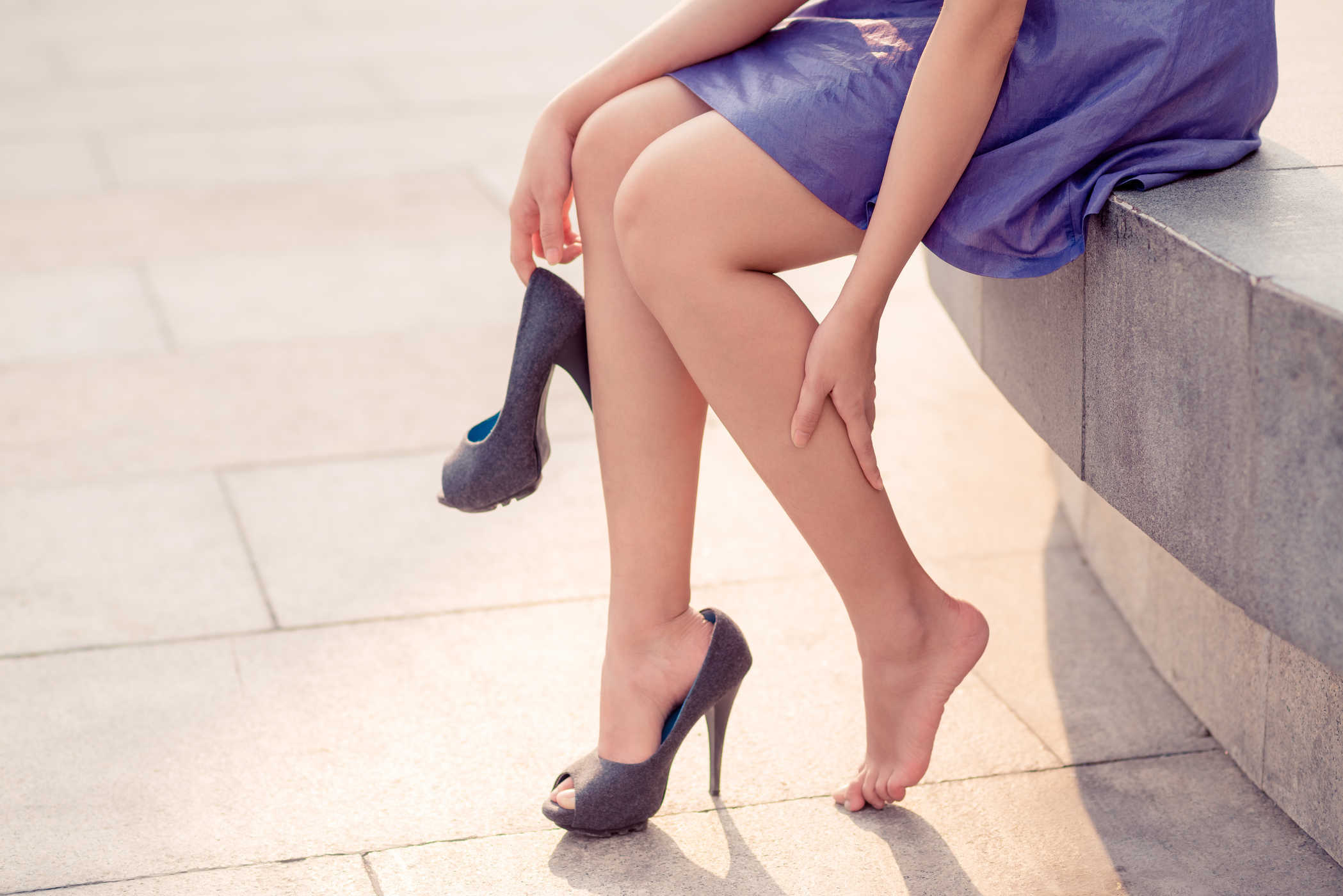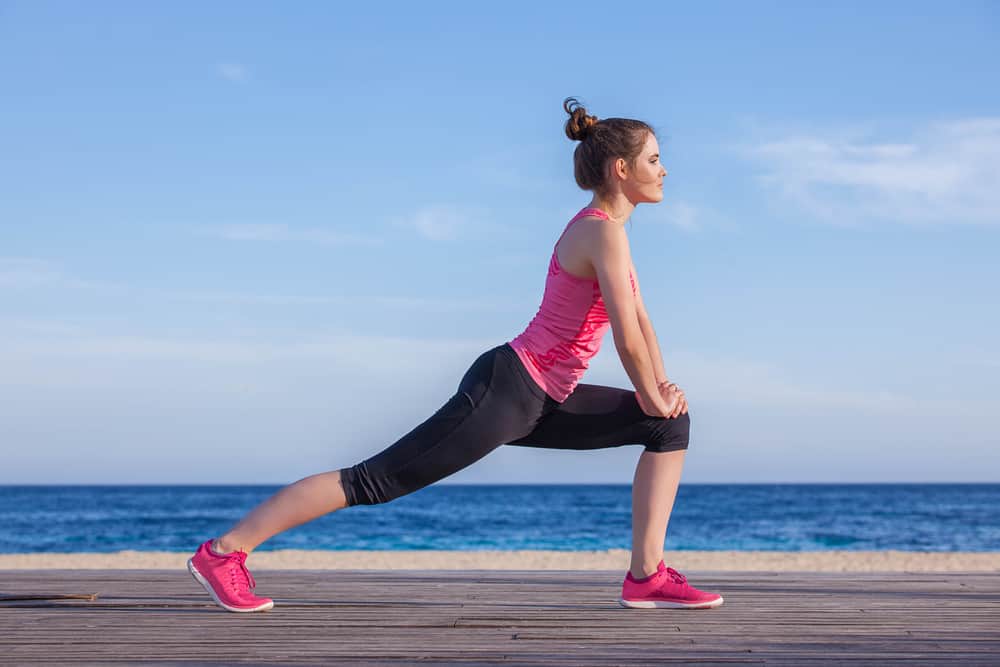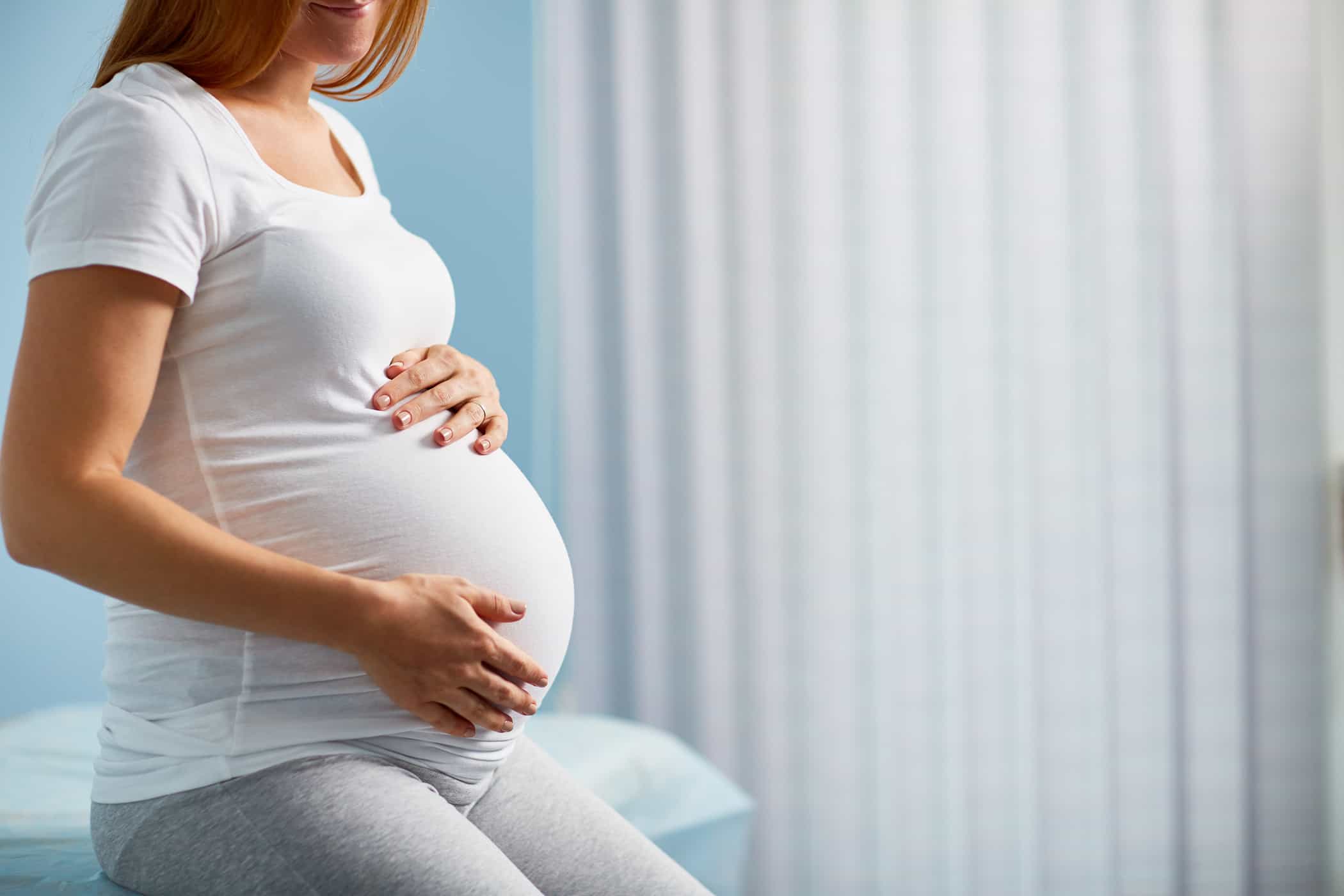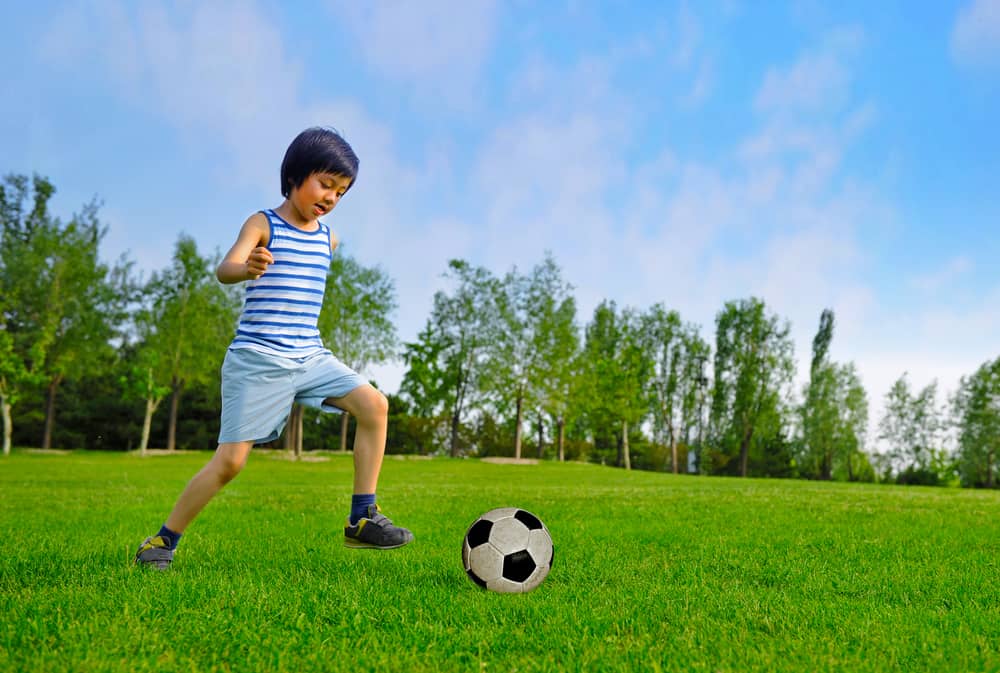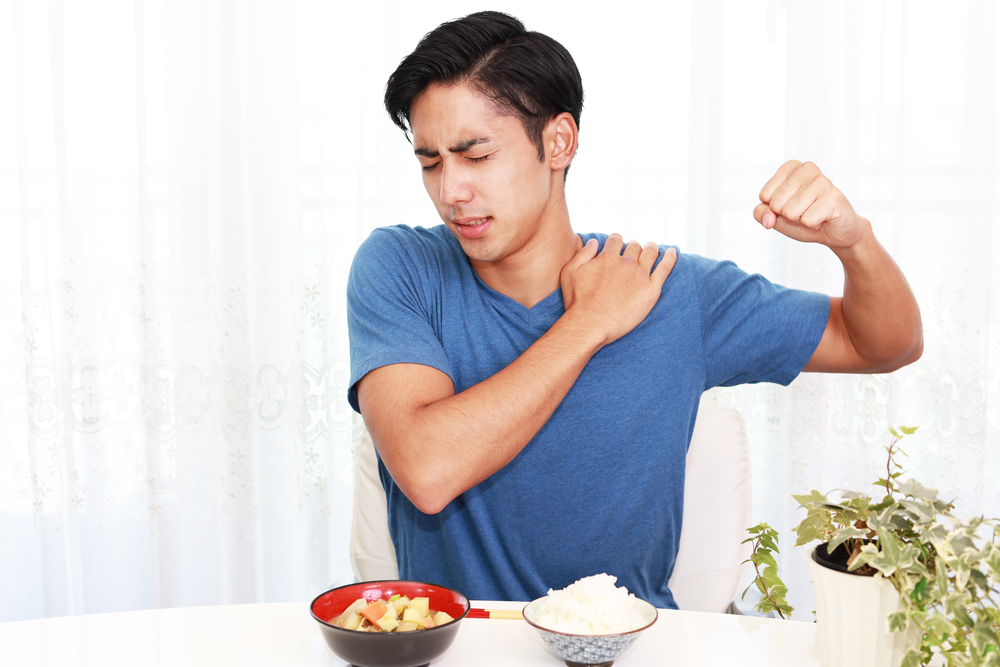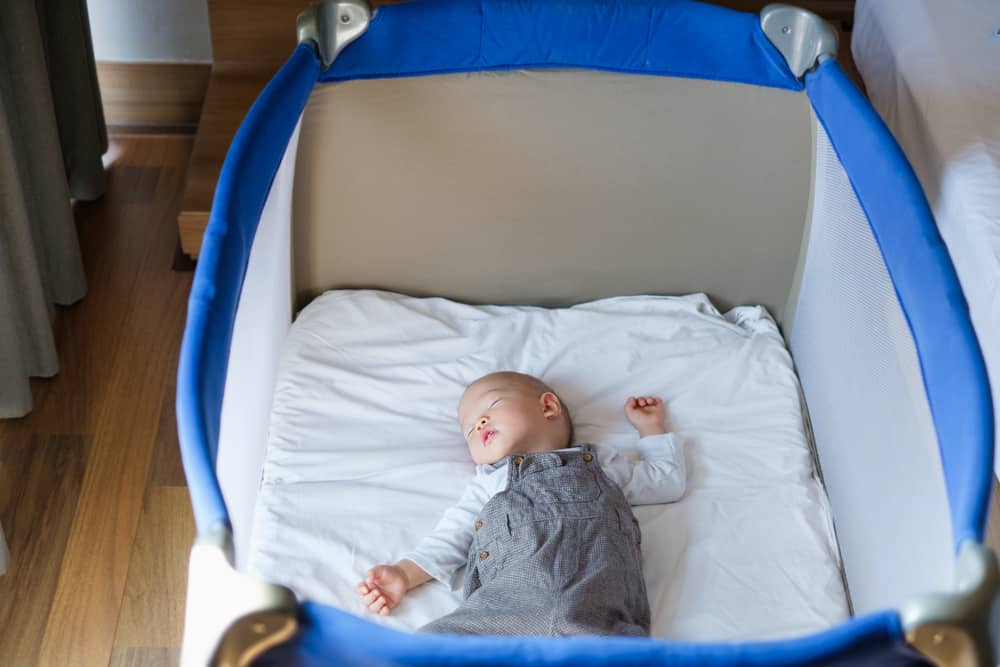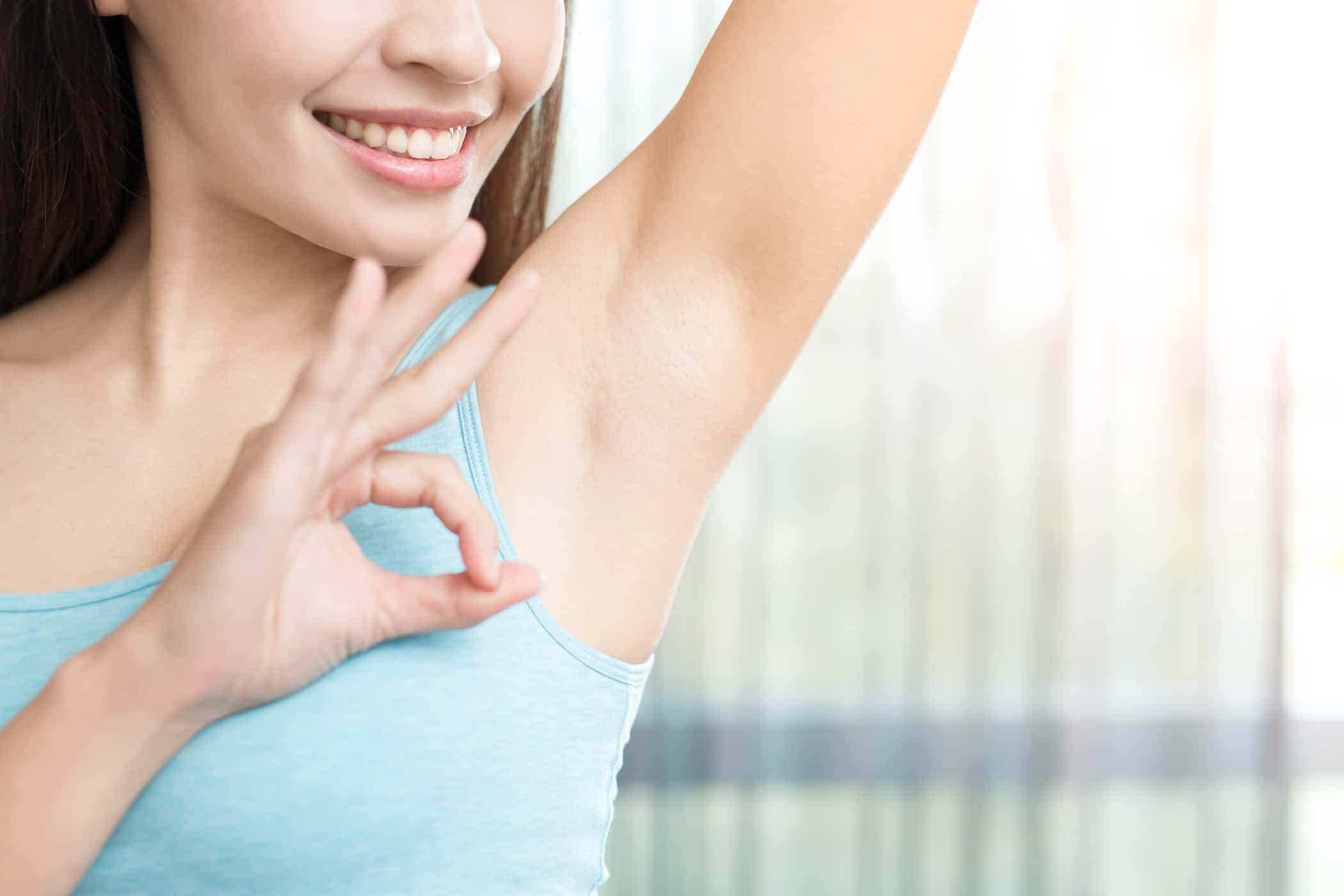Contents:
- Medical Video: How High Heels Affect Your Spine
- Body condition when using high heels
- The effect of high heels is based on high variations in rights
- 1. Flat (<3 cm)
- 2. Medium (4 cm - 5 cm)
- 3. Height (5 cm - 10 cm)
- 4. Very high (> 10 cm)
- Tips to reduce the bad effects of high heels
Medical Video: How High Heels Affect Your Spine
You must know Victoria Beckham. The famous fashionable woman is indeed a big fan of high heels or high heels. However, recently David Beckham's wife stated that she could no longer wear high heels due to injuries from wearing too many high heels.
High heels are shoes that are a favorite of many women. Research shows that 77% of women use high heels to go to important events, 50% to go to parties or dinner events, 33% to dance, and 31% to go to work. However, many effects are not good for a woman's body if she uses high heels too often.
Body condition when using high heels
This is a change that occurs in the body when we are wearing high heels.
- The chest seems to be pushed forward.
- The body becomes curved. The waist is pushed forward, making your hips and spine not parallel. This is inversely proportional to the condition of the hip and spine if you use flat shoes, where your spine is in a parallel state.
- Increase the burden of pressure on the knee.
- High heels will follow how women who wear these shoes walk on sloping roads. As a result, the pressure from your body rests on your ankles, continuing to your toes. This is different from the condition of the foot when wearing flat shoes where the pressure from your body is evenly spread throughout the soles of the feet.
The effect of high heels is based on high variations in rights
Different in height, the effect is different. The following is the difference in the influence of high heels depending on the height of his rights.
1. Flat (<3 cm)
Advantages: This type of shoe is comfortable to wear, looks stylish, and is more comfortable on a woman's foot than a higher shoe.
Disadvantages: This type of shoe does not give a more curvilinear effect on the soles of the feet, so that the legs of the woman must be more often put on her feet so that the shoes do not escape.
2. Medium (4 cm - 5 cm)
Advantages: This type of shoes gives the effect of legs appearing longer, can train calf muscles, and is easier to use to walk than higher shoes.
Disadvantages: This type of shoe can cause eyelets and back pain. In addition, this type of shoe is less glamorous compared to shoes with higher rights.
3. Height (5 cm - 10 cm)
Advantages: This type of shoe can train calf muscles, making the legs look longer, and make the body look slimmer.
Disadvantages: This type of shoe can make the leg hurt if it is too long to use, sometimes even difficult to walk. This type of shoe can also cause various kinds of problems in the body, including bunions or protrusions in the finger bones, and lumbago.
4. Very high (> 10 cm)
Advantages: This type of shoe can train calf muscles, making the legs look longer, and make the body look slimmer. This type of shoes also sometimes gives a more prominent buttocks effect.
Disadvantages: This type of shoe puts pressure on a woman's foot seven times greater than a woman's body weight. In addition, it is very difficult to walk with this type of shoes so that you will easily fall, and this type of shoe can cause various diseases of the legs and waist.
Tips to reduce the bad effects of high heels
According to Dr. Natalie A. Nevins, DO, an osteopathic expert from Hollywood, California, here are tips that can be done to reduce the bad effects of using high heels:
- Choose wisely from shoe rights. Choose shoes with a right height of about 3 cm or less, with a fairly broad foundation of heels. Wider heels will make the sole of the foot more evenly distributed. Stiletto shoes put more weight on the legs, and shoes that are more than 7 cm tall can shorten the muscles in the lower limbs.
- Wear shoes with soft soles to reduce bad effects on the knee.
- Make sure the size of your shoes is the right size so that your feet don't slide forward, putting more pressure on your toes. Choose shoes that have a large enough area on the front area so you can move your toes.
- Wear high heels where that day you don't walk or stand too much.
- Wear shoes that vary every day. It is not recommended to use high heels all day. Wear shoes that are more comfortable to wear, such as sports shoes or walking shoes while you work. Wearing shoes that make your body operate naturally will help your legs, waist and back to be more tenuous.
- Take time every day to stretch your leg and leg muscles. Dr. Nevins recommends tiptoeing without wearing shoes. You can also put a pencil on the floor and try to take it with your toes.
READ ALSO:
- Cosmetics expire: when do we have to throw away makeup?
- What is SPF and what is the difference between sunscreen and sunblock?
- 4 Causes of brittle nails and easily broken

